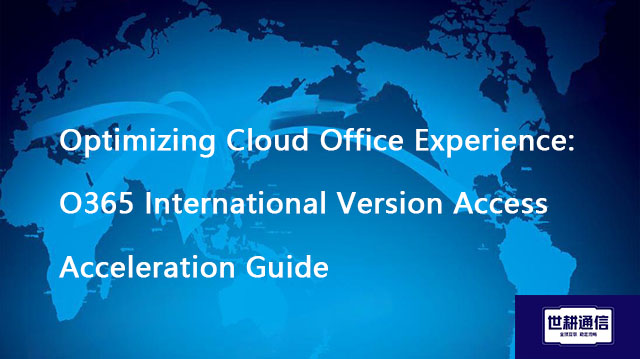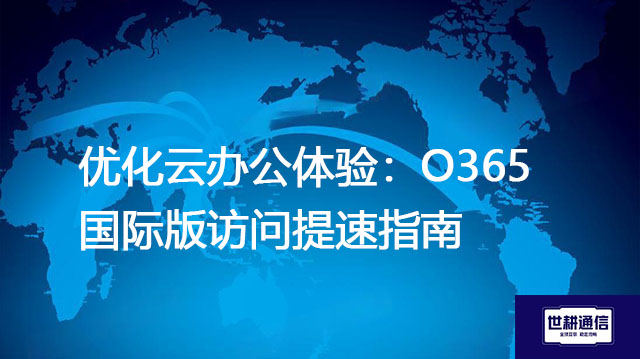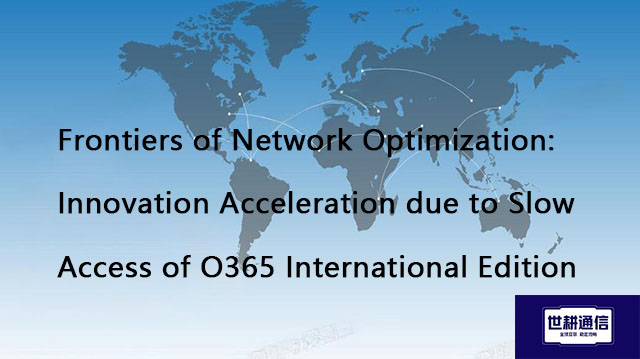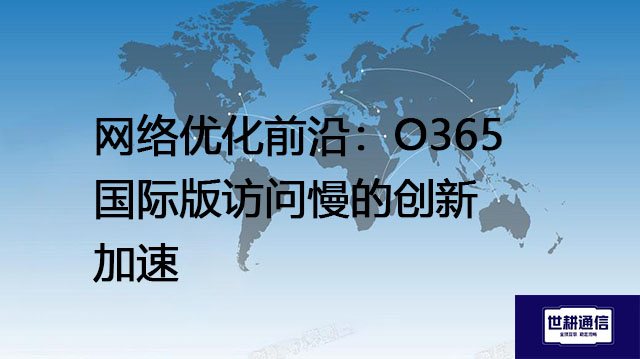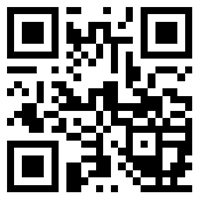Overseas data transmission//Global IPLC service provider of Shigeng Communication
一、In the globalized business environment, multinational corporations, cross-border e-commerce, international scientific research cooperation, and globalized service providers all require frequent cross-border data transmission. Overseas data transmission not only involves technical challenges, but also needs to address issues such as laws and regulations, security requirements, and privacy protection in different countries and regions. This article will delve into the main challenges, related technologies, and compliance strategies of overseas data transmission to help businesses develop secure and efficient cross-border data transmission solutions.
1. The main challenges of overseas data transmission
Network latency and bandwidth limitations:
Cross border data transmission requires crossing multiple network nodes, resulting in increased transmission latency.
International bandwidth resources are limited, especially during peak hours, which can lead to network congestion and affect the stability and speed of data transmission.
Data Security and Privacy Protection:
Cross border data transmission is susceptible to threats from network attacks and data breaches. Enterprises need to take strong security measures such as encryption, access control, and intrusion detection to protect data security. Different countries and regions have different laws and regulations regarding data privacy, such as the General Data Protection Regulation (GDPR) of the European Union and the California Consumer Privacy Act (CCPA) of the United States. Enterprises need to ensure that data transmission complies with the requirements of these regulations.
Legal regulations and compliance:
Different countries have different regulatory policies for cross-border data transmission. For example, China's Cybersecurity Law requires critical information infrastructure operators to store personal information and important data within the country. If it is necessary to transmit them outside the country, a security assessment must be conducted.
Enterprises need to understand and comply with the laws and regulations of the target country and region to avoid facing legal risks and fines due to violations.
Cultural and political factors:
Different countries and regions attach varying degrees of importance to data sovereignty, and some countries may impose strict restrictions on data exports.
Political factors may also affect cross-border data transmission, for example, certain countries may review or restrict specific types of data transmission due to national security considerations.
2. Key Technologies for Overseas Data Transmission
Virtual Private Network (VPN):
VPN technology ensures the security and integrity of data during transmission by establishing encrypted tunnels.
VPN can bypass certain network restrictions and achieve stable access to overseas servers.
Content Delivery Network (CDN):
CDN reduces latency and improves data transmission speed by deploying multiple nodes globally and caching data to the nearest node to the user.
CDN can also guide user requests to the optimal node through intelligent DNS resolution, further improving transmission efficiency.
Software Defined Wide Area Network (SD-WAN):
SD-WAN technology optimizes cross-border network traffic and improves data transmission speed through intelligent routing and load balancing.
SD-WAN can dynamically select the optimal path, avoiding nodes with high network congestion and latency, thereby improving transmission efficiency.
Data encryption technology:
Encrypt storage and transmission of sensitive data to ensure that even if the data is intercepted during transmission, it cannot be interpreted.
The commonly used encryption algorithms include AES (Advanced Encryption Standard) and RSA (Asymmetric Encryption Algorithm).
Distributed Storage and edge computing:
By utilizing distributed storage technology, data is dispersed and stored on servers located in multiple geographic locations, enhancing the security and reliability of the data.
Edge computing technology transfers data processing tasks to edge nodes close to users to reduce the distance and delay of data transmission.
3. Compliance strategy for overseas data transmission
Understand and comply with relevant laws and regulations:
Enterprises need to have a detailed understanding of the laws and regulations of the target country and region, including data protection laws, privacy laws, and cybersecurity laws.
Regularly conduct legal compliance reviews to ensure that data transmission complies with the latest legal requirements.
Implement data classification and risk assessment:
Classify data and identify sensitive and protected data.
Conduct risk assessment, identify potential security threats and compliance risks, and develop corresponding response measures.
Sign data processing agreement:
Sign a data processing agreement with the data recipient, clarifying the rights and obligations of both parties, including the scope of data use, data security measures, and breach of contract responsibilities.
Ensure that the data recipient also complies with relevant laws and regulations and takes appropriate data protection measures.
Implementing Cross border Data Transfer Agreements (SCCs):
The EU's Cross border Data Transfer Agreements (SCCs) are important tools for businesses to conduct cross-border data transfers.
SCCs stipulate the responsibilities and obligations of both parties in data transmission, ensuring the security and compliance of data during the transmission process.
Implement Data Protection Impact Assessment (DPIA):
Conduct data protection impact assessments on high-risk data processing activities, identify potential risks and impacts, and develop corresponding mitigation measures.
DPIA is an important measure required by GDPR that can help businesses better protect data privacy and security.
conclusion
Overseas data transmission is a complex and important process that requires comprehensive consideration of various factors such as technology, security, and compliance. By adopting advanced technological means and implementing strict compliance strategies, enterprises can ensure the security, efficiency, and legality of cross-border data transmission. In the future, with the continuous advancement of technology and the increasingly perfect laws and regulations, overseas data transmission will become more intelligent and automated. Enterprises should continue to pay attention to the development of relevant technologies and changes in laws and regulations, and adjust and optimize their data transmission strategies in a timely manner to cope with new challenges and opportunities.
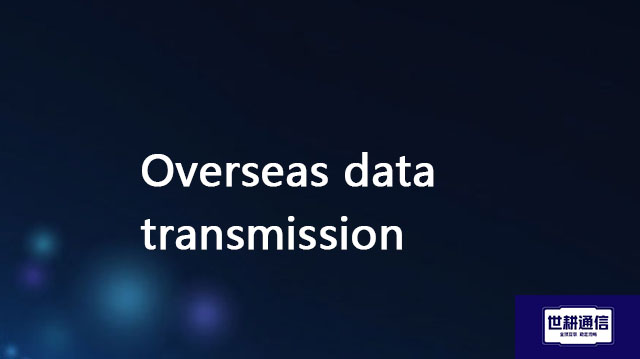
二、Shigeng Communication Global Office Network Products:
The global office network product of Shigeng Communication is a high-quality product developed by the company for Chinese and foreign enterprise customers to access the application data transmission internet of overseas enterprises by making full use of its own network coverage and network management advantages.
Features of Global Application Network Products for Multinational Enterprises:
1. Quickly access global Internet cloud platform resources
2. Stable and low latency global cloud based video conferencing
3. Convenient and fast use of Internet resource sharing cloud platform (OA/ERP/cloud storage and other applications
Product tariff:
Global office network expenses | Monthly rent payment/yuan | Annual payment/yuan | Remarks |
Quality Package 1 | 1000 | 10800 | Free testing experience for 7 days |
Quality Package 2 | 1500 | 14400 | Free testing experience for 7 days |
Dedicated line package | 2400 | 19200 | Free testing experience for 7 days |


